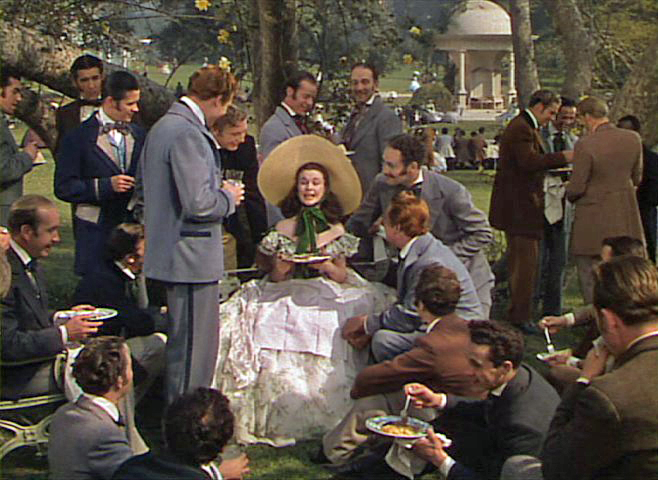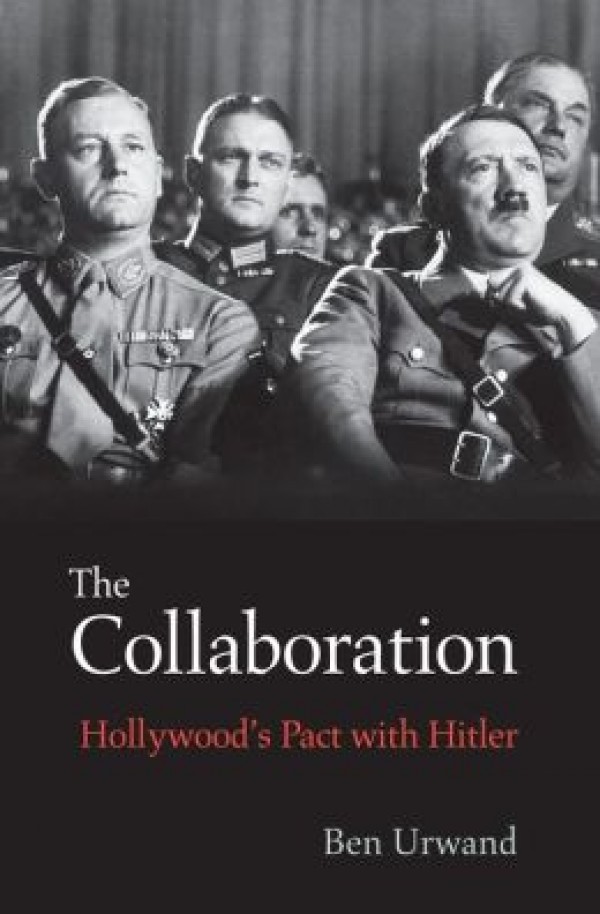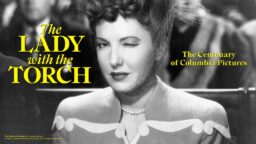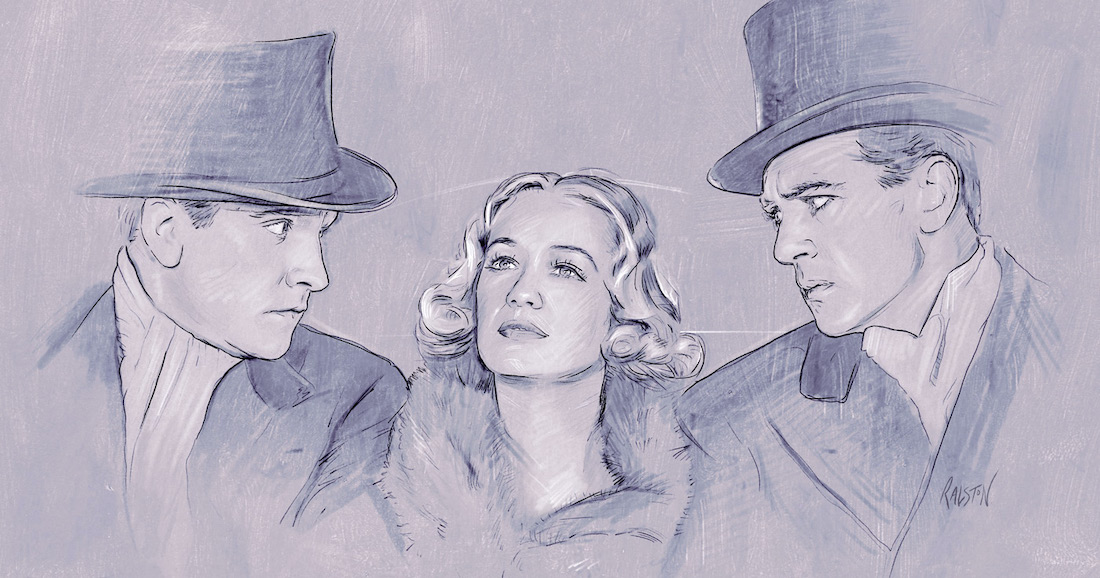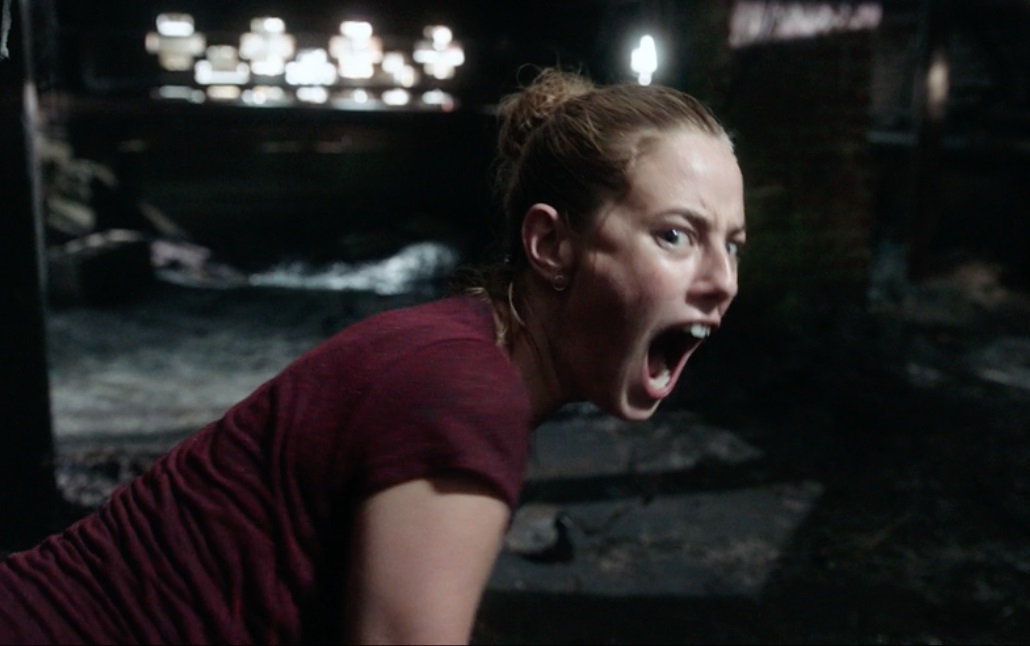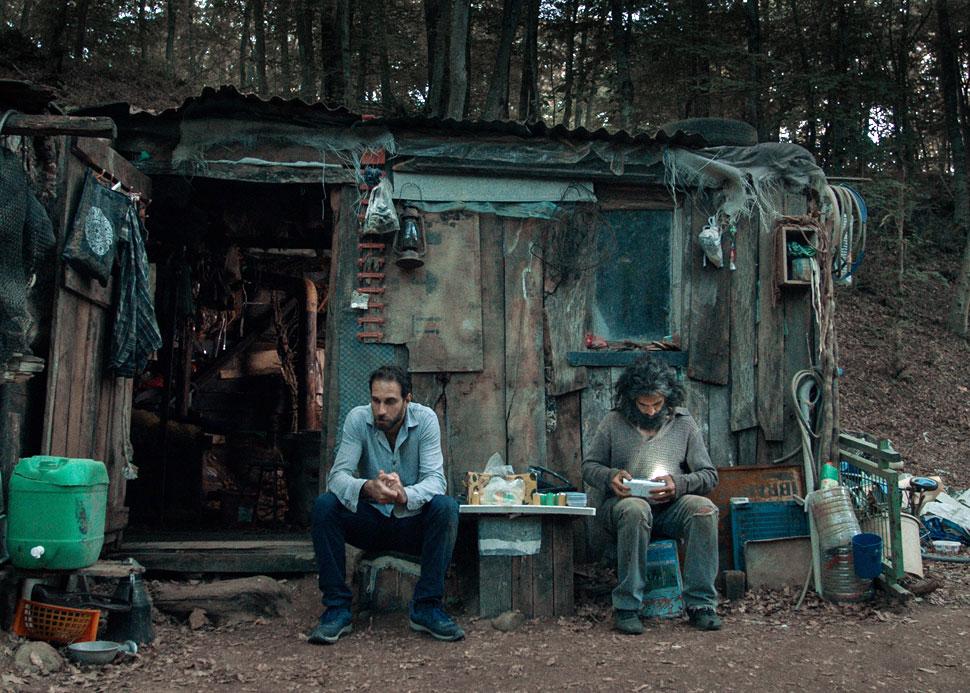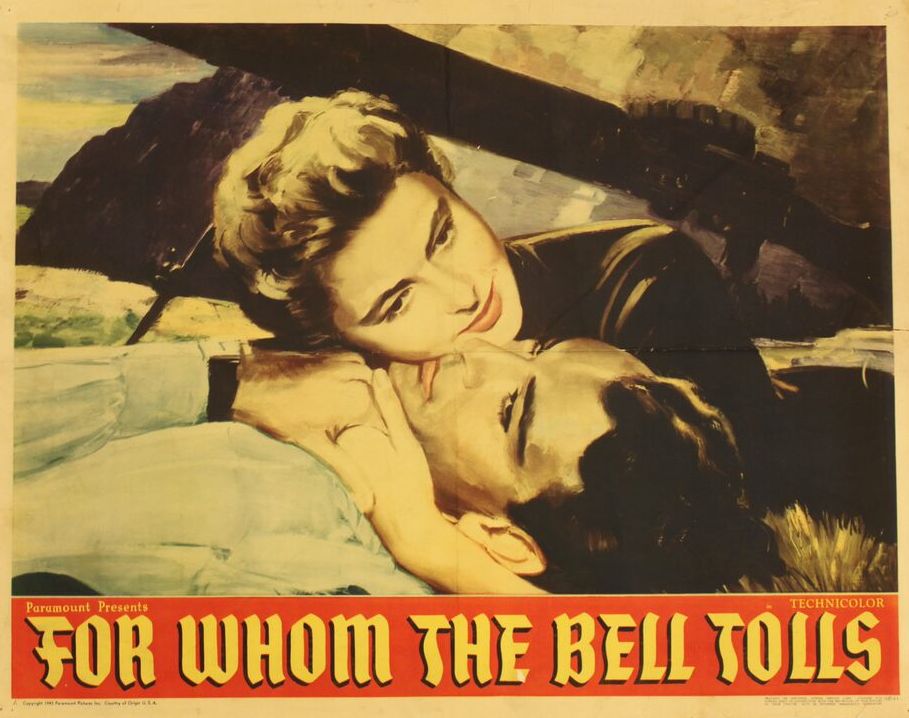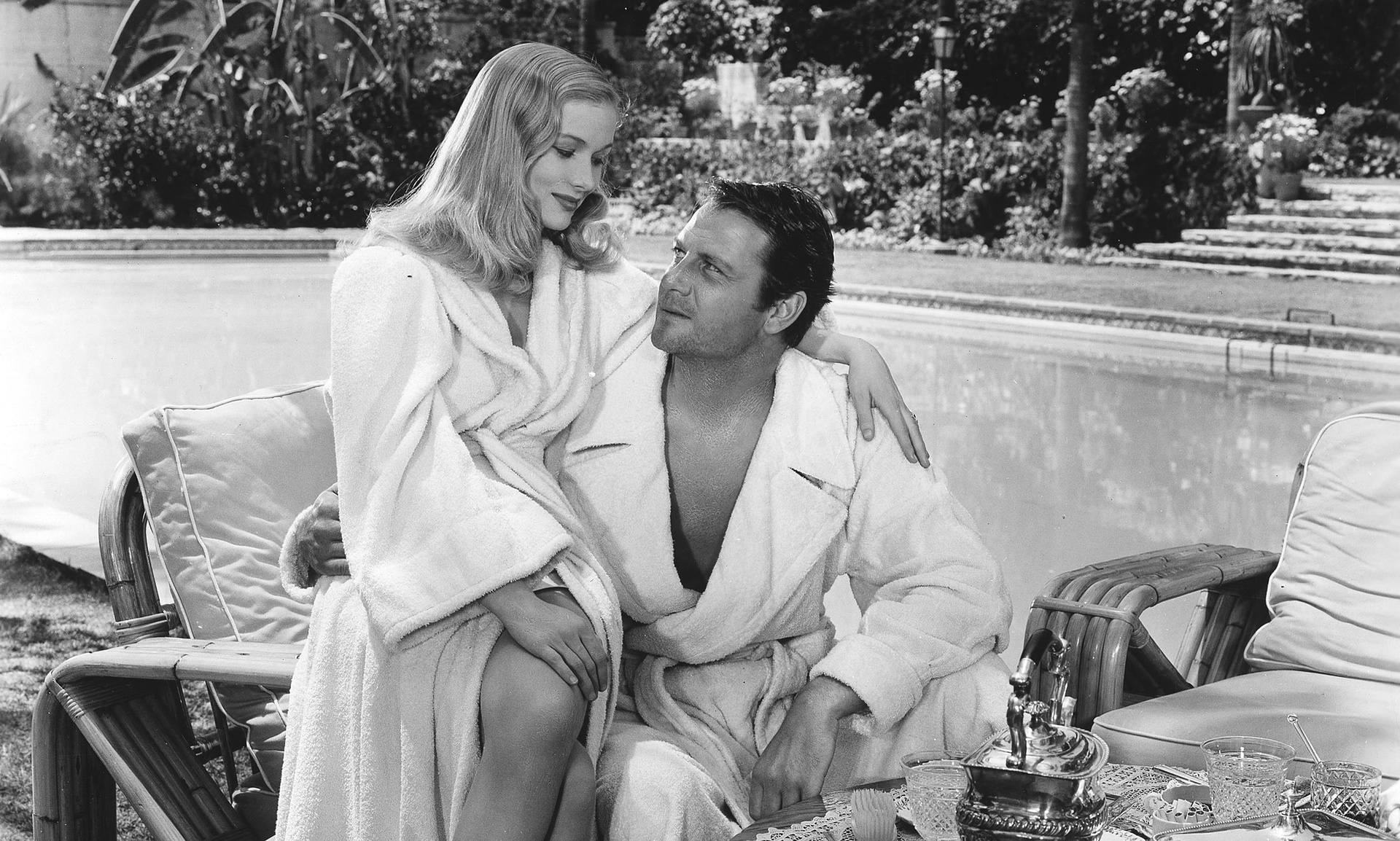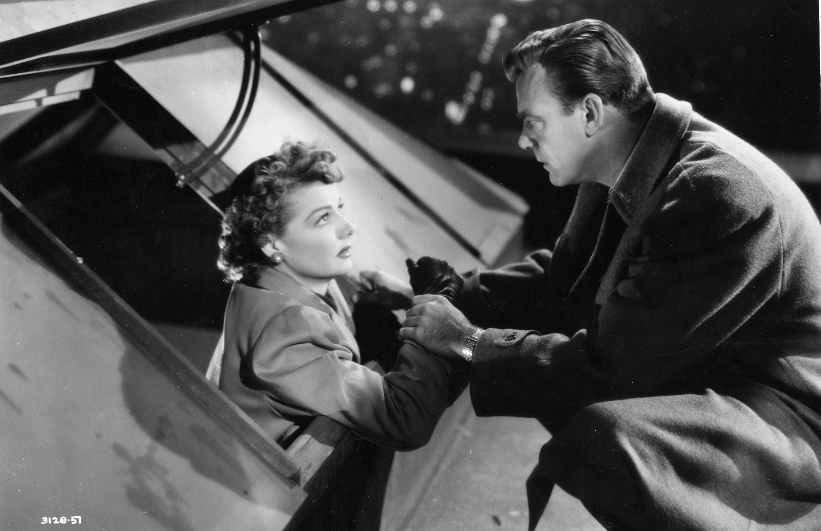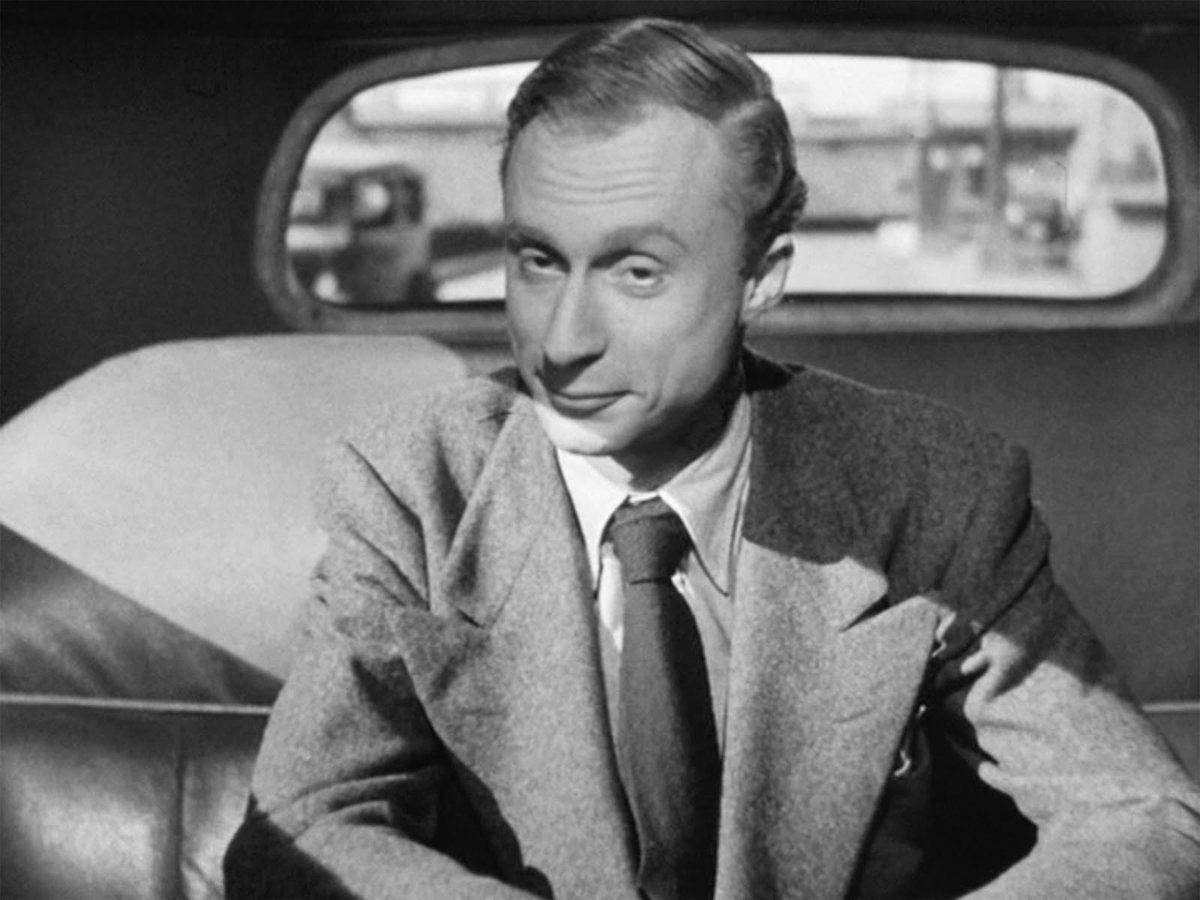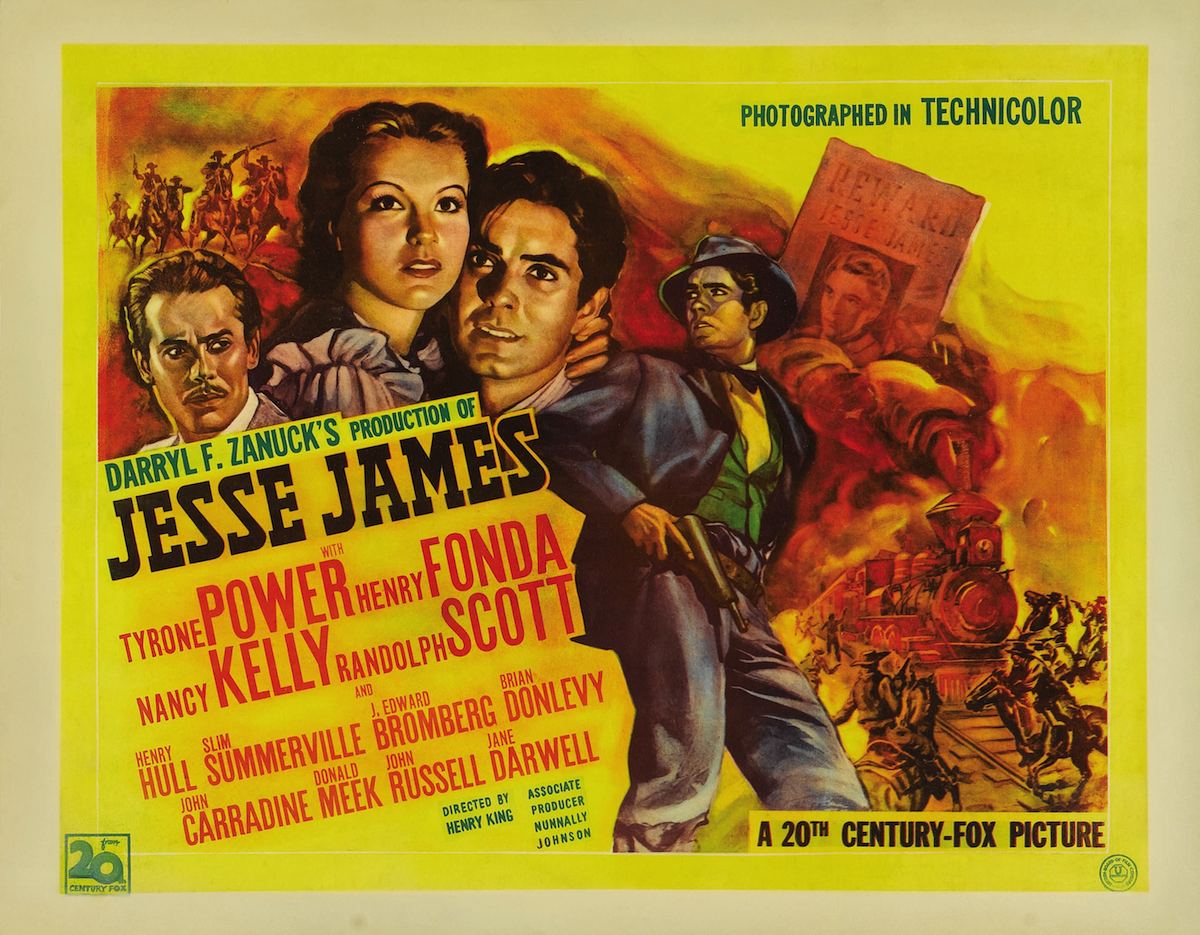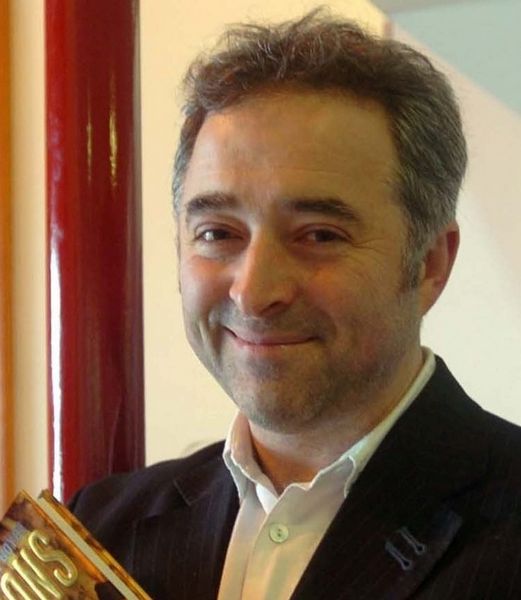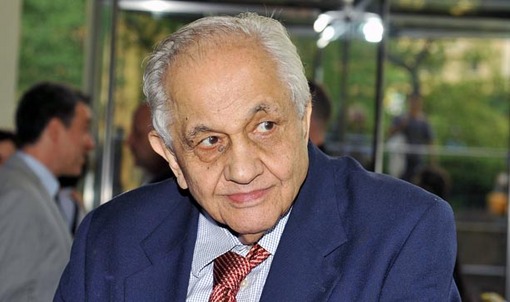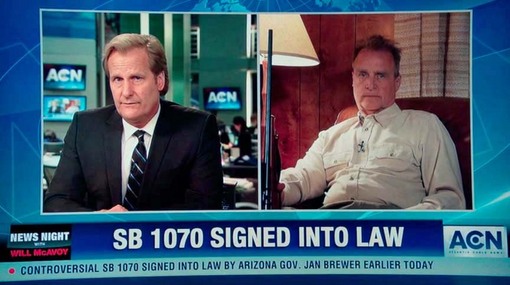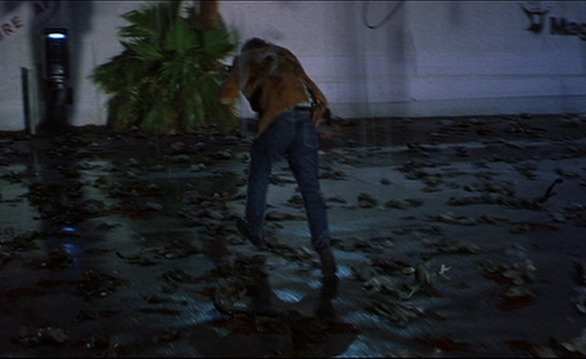Blog Posts That Mention Ben Hecht
“The reason I used that word is because that’s the word they used”: An interview with Ben Urwand, author of “The Collaboration: Hollywood’s Pact with Hitler.”
Donald Liebenson
Home Entertainment Guide December 2025: “Black Phone 2,” “Bugonia,” “Good Fortune,” More
Brian Tallerico
The Tarantino Dozen
Craig Lindsey
13 Films Illuminate Locarno Film Festival’s Columbia Pictures Retrospective
Robert Daniels
Bright Wall/Dark Room December 2022: Ernst Lubitsch’s Design for Living: Three Square Meals a Day by Fran Hoepfner
The Editors
Home Entertainment Guide: October 17, 2019
Brian Tallerico
Venice Film Festival 2018: Biennale College Films and Restored Classics
Glenn Kenny
Home Entertainment Consumer Guide: January 19, 2017
Brian Tallerico
Book Excerpt: “Hidden Hemingway: Inside the Ernest Hemingway Archives of Oak Park” by Robert K. Elder, Aaron Vetch and Mark Cirino
The Editors
Thumbnails 2/17/16
Matt Fagerholm
Maureen O’Hara: 1920-2015
Dan Callahan
In a Lonely Place: “Noir City 7” Starts in Chicago
Laura Emerick
A Trip Through Film History with Norman Lloyd
Matt Fagerholm
Blu-ray Consumer Guide: February 10 2014
Glenn Kenny
How to write a screenplay
Roger Ebert
Ebertfest 2008: Springing forward
Jim Emerson
Andrew Sarris, auteurism, and his take on his own legacy
Jim Emerson
Sorkin’s Newsroom: Who, What, When, Where, Why
Jim Emerson
A bar on North Avenue
Roger Ebert
Remembering Dalton Trumbo
Roger Ebert
Interview with Norman Jewison
Roger Ebert
Frogs rain on California, so never go to a Date Movie
Roger Ebert
Popular Reviews

The best movie reviews, in your inbox
